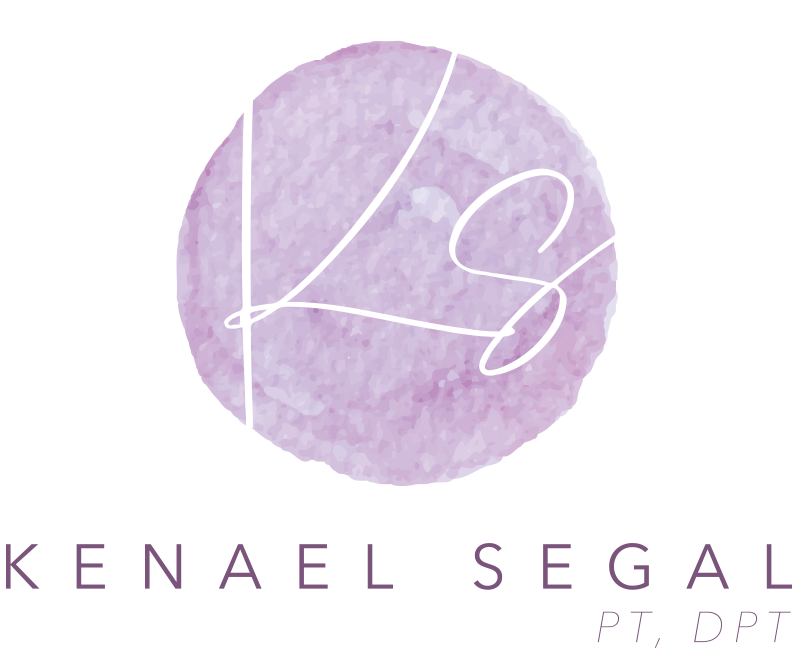Prepare your pelvic floor for birth
What I learned from personal and clinical experience as a pelvic floor PT
I birthed 3 children in the last 6 years. My 1st was a homebirth turned c-section because of failure to progress. I was told my pelvis was too narrow and small for a vaginal birth. I am a petite woman, but I’m also pretty darn stubborn. During my 2nd pregnancy, I prepared my body as much as I could for a vbac because I couldn’t accept no. After 36 hours, I had a successful vbac with grade 2 perineal tearing. My last birth was another c-section as the umbilical cord had other plans for us, but baby was born with no adverse consequences.
With my 1st, I was accepted into physical therapy school but wouldn’t start until baby was 4 months old. With my 2nd, I had graduated with my doctorate and just passed my boards exam. By the time my 3rd was born, I owned and operated a pelvic floor practice. With each new pregnancy and birth, I gained more insight and knowledge to have a better and more comfortable experience. I also gained more experience from treating other women. So with that experience, I help women prepare for labor, delivery and postpartum by sharing a few tips and techniques. These techniques also come in handy in the postpartum period and forever, because postpartum really is forever.
Learn to breathe. That might sound pretty obvious since you do it all day everyday, but with each patient I see, I end up teaching a breathing pattern or 2, or 3. During pregnancy, it’s hard enough to breathe due to increase blood flow and limited movement of the diaphragm, the main breathing muscle, but this is something you want to get down before labor begins. Breathing can relax the body, the pelvic floor, but it can also be used to help move things out of your body---I’m talking poop and baby. And please, please, I say this nicely but firm, do-not-hold-your-breath during exercise or birth (pretty please). After baby is born, your breath can be used immediately post birth to make just about any exercise or movement easier. For example, standing for the first time to go to the bathroom when the catheter is removed might be your first exercise after baby is born.
Perineal massage and stretching. Studies show that this is beneficial for 1st time moms, decreasing your chances of a tear and needing an episiotomy during a vaginal delivery. Although research supports the practice for 1st time moms, I recommend it to all moms with uncomplicated births and no infections. As long as you (or your partner) are comfortable doing it and your midwife or OB gives you the green light, go for it. Just make sure to wait until at least 34 weeks to begin.
Save the kegels for later. During my 1st pregnancy, when I didn’t know better, I wanted to have a strong pelvic floor so I could bounce back after baby was born (insert eye roll), so I did too many kegels, not even focusing on the letting go part. The internet didn’t say anything about the release being just as important and the squeeze. It also didn’t mention to practice for the relaxation and stretching I would experience during birth. I don’t know for sure, but I’m pretty confident that my enthusiasm for wanting a tight pelvic floor led to a c-section during my 1st birth. So don’t be me, save the kegels for postpartum. Instead, practice for the big event, the relaxation and stretch needed to allow baby to enter your world.
Find your core. Your core, made up of your abdominals, back, and pelvic floor muscles, is weakened during pregnancy but doesn’t mean you can’t maintain strength. Heck, you might even gain some strength depending on where you started and how far into the pregnancy you are. You may inevitably develop a diastasis recti, an abdominal separation, so don’t’ stress if you do. Some studies suggest it happens in 100% of pregnancies by 3rd trimester. Learning to find and engage your core can be helpful if you develop urinary incontinence, back or pelvic pain, pelvic pressure, or an abdominal separation during or after pregnancy.
Scar massage. If you do end up tearing, with an episiotomy or a c-section, don’t fear the stitch! Once your midwife or OB gives you the ok at your postpartum check up, begin to massage, move, mobilize, rub, and/or roll your scar tissue. Remember what you see on the outside is only half the story. Internally, there’s also scar tissue that can adhere to tissue and structures around it if left to it’s own device.
Stay mobile but rest when you need to. If you can help it, keep moving throughout your labor and/or birth. A doula and/or midwife can encourage various positions and movement during your labor. After baby is born, gentle movements will keep you feeling good. But by all means listen to your body. If and when you need to rest, give yourself the well deserved rest, even if that means a 6 week rest after birth. Don’t worry about what your one friend from college or that instagram influencer did or is doing—do what feels right for you.
This list is by no means exhaustive, but it’s a good place to start. Remember that during this time, no one matters more than you. So take care of that beautiful body of yours and enjoy the journey.
